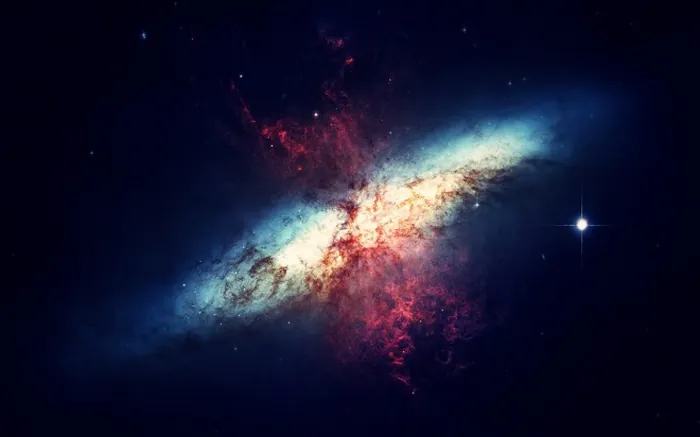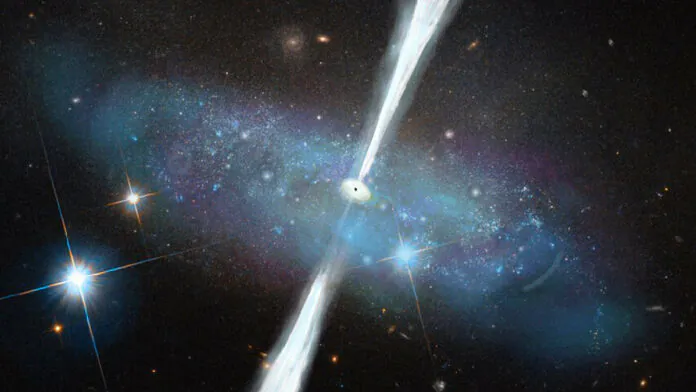© ROOT-NATION.com - Use of content is permitted with a backlink.
Astronomers at the University of North Carolina have discovered an unprecedented treasure trove of massive black holes in dwarf galaxies. It can give a glimpse into the life story of a supermassive black hole at the center of our Milky Way galaxy.
It is believed that the Milky Way, being a giant spiral galaxy, was formed by the merger of many smaller dwarf galaxies. For example, the Magellanic Clouds visible in the southern sky are dwarf galaxies that will merge with the Milky Way in the future. Each dwarf galaxy can carry a central massive black hole tens or hundreds of thousands of times the mass of our Sun, that can be absorbed by the central supermassive black hole of the Milky Way.

But how often dwarf galaxies contain a massive black hole is unknown, leaving a key gap in our understanding of how black holes and galaxies grow together. A new study published in the Astrophysical Journal helps fill this gap by showing that massive black holes are found in dwarf galaxies much more often than previously thought.
Black holes are usually detected when they are actively growing, ingesting gas and stardust swirling around them, causing them to glow intensely. The problem is, that while growing black holes glow with high-energy radiation, young newborn stars can also glow. Traditionally, astronomers distinguish growing black holes from new star formations using diagnostic tests that rely on detailed features of the visible light of each galaxy when it is decomposed into a rainbow-like spectrum.
Also interesting:
The road to discovery began when senior students working with UNC-Chapel Hill Professor Sheila Kannappan, the author of the study, tried to apply these traditional tests to galaxy survey data. The team realized that some galaxies were sending mixed messages: two tests indicated growing black holes, and the third indicated only star formation.
“Previous work had just rejected ambiguous cases like these from statistical analysis, but I had a hunch they might be undiscovered black holes in dwarf galaxies,” Kannappan said. She suspected that the third, sometimes contradictory, test was more sensitive than the other two to typical properties of dwarfs: their simple elemental composition (mainly primordial hydrogen and helium from the Big Bang) and their high rate of forming new stars.

Co-author Chris Richardson, an associate professor at Elon University, confirmed by theoretical modeling that the results of the mixed-message test are exactly what the theory suggests: a dwarf galaxy with a primitive composition and a high rate of star formation contains a massive black hole.
More than 80% of all black holes discovered by astronomers in dwarf galaxies belonged to a new type.
You can also help Ukraine fight with Russian occupants via Savelife or via an official page of the National Bank of Ukraine.
Read also:
- Japanese astronauts will fly to the moon
- A new NASA spectrometer aboard the ISS will study dust in the Earth’s atmosphere



